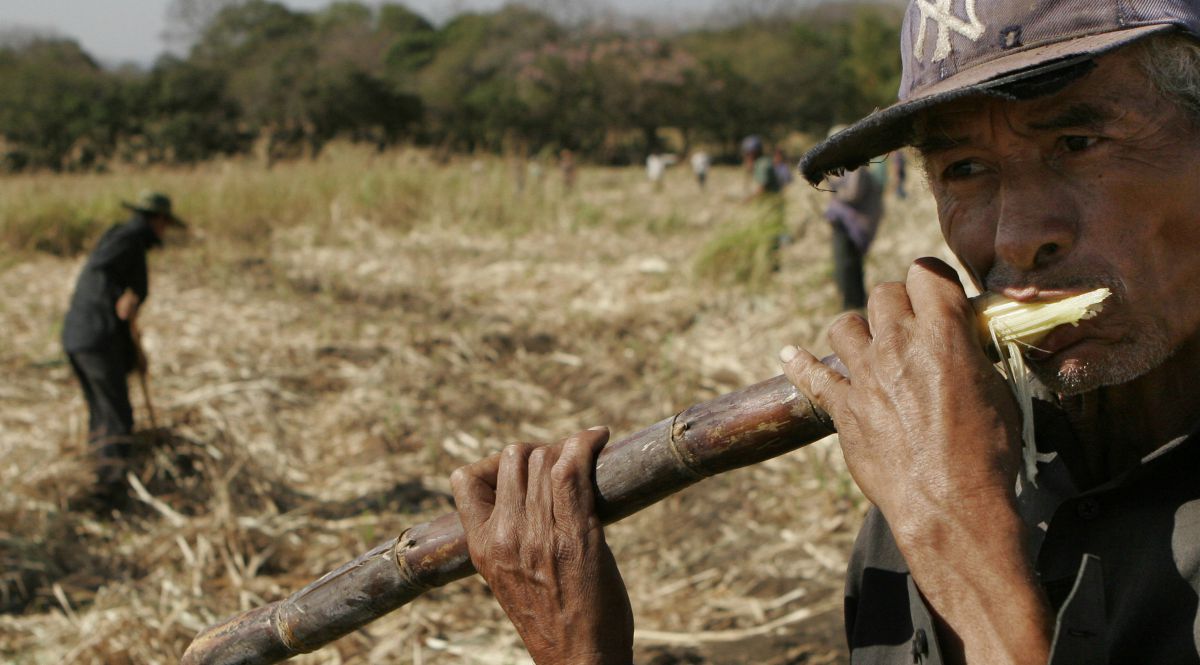Our analysis of the toll from chronic kidney disease (CKD) in Central America is based on mortality data from the World Health Organization. Our goal was to obtain to a conservative estimate of the epidemic’s impact in the region, despite the lack of formal recognition or classification for the new strain of the disease.
We used data for each of the countries where scientific studies and our interviews and observations indicated the ailment was present: Nicaragua, El Salvador, Costa Rica and Guatemala. Studies have indicated the disease is spreading in Honduras and Mexico as well. No data were available for Honduras, and while one study has shown CKD to be present in two communities in southern Mexico, there was no way of isolating the relatively small region that is affected.
Our statistics are drawn from several diagnostic categories from the International Classifications of Disease (ICD-10) that indicate kidney failure. This is partly because the lack of a distinct category for the epidemic resulted in kidney disease deaths being classified in different ways. It is also because prior to 2000, the World Health Organization presented data in only a single category that indicated overall deaths caused by kidney failure. To track changes over time and maintain a consistent approach, we applied the same formula to the newer data.
Two WHO doctors, Dr. Enrique Perez-Flores and Dr. Mario Melendez Montano, helped shape our analysis of these data. Both emphasized the degree to which it was likely to undercount the data due to poor recordkeeping and lack of recognition of CKD in the region. Perez-Flores agreed that changes in male deaths from kidney failure over time were a reasonable method for tracking the epidemic’s course in the absence of official recognition for it.
The data show that this formula clearly reflects the CKD epidemic. Across Central America in 2009, the most recent year available, 87 percent of male deaths from kidney failure fell within the signature diagnoses of the epidemic, “Chronic Kidney Disease” and “Unspecified Kidney Failure.” Moreover, the recent increase in CKD is reflected entirely within these categories. Across the region in 2000 (excluding Guatemala, where data was not yet available), there were 157 deaths caused by kidney failure that did not fall within the signature CKD categories. In 2009, there were 161 such deaths.
In other words, kidney failure deaths not caused by CKD appear flat in the last decade, while those caused by CKD skyrocketed.
Also, WHO data show that while kidney disease grew among women in the four Central American countries used for analysis, the rate of growth was smaller among women than men. CKD affects mostly men.
We also considered the possibility that the growing numbers of CKD deaths reflected a secular rise in the disease not connected to the epidemic. CKD is a growing public health threat worldwide, and an increase in traditional forms of CKD likely accounts for some of the increased mortality. In the United States, overall deaths of dialysis patients increased 175% from 1990 to 2009, according to statistics from the U.S. Renal Data System. But even this increase pales compared to men in Central America. In El Salvador and Nicaragua, the countries where data is complete from 1990 to 2009, male death rates from kidney failure increased 458% over the same period.
Finally, it is important to consider the circumstances that these records reflect. Victims of the epidemic are impoverished sugarcane workers and manual laborers in rural areas of Central America. Recordkeeping in these regions is poor, and many die without a death certificate being filed or a cause of death being recorded. Dr. Mario Melendez Montano, who works in El Salvador, said that a significant proportion of CKD deaths are never recorded at all. For this reason, we believe that our findings likely represent a significant undercount of the epidemic’s death toll in the region.



